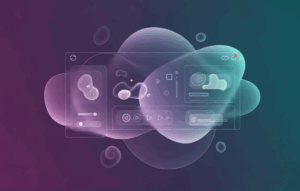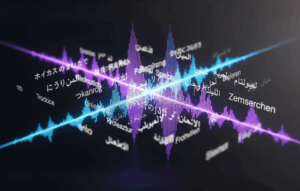Advertisements
The evolution of elevators revolutionized the way we live and work in tall buildings. They made skyscrapers possible and streamlined the lives of millions of people.
In this article, we'll explore the history, technology, and benefits of modernizing and integrating elevators with mobile apps.
Advertisements
A Brief History of Elevators
The first elevators were very different from the modern ones we know today.
They were simple platforms operated by human or animal power. It was only in the 19th century, with the Industrial Revolution, that elevators began to resemble contemporary models.
Advertisements
In 1852, Elisha Otis introduced a revolutionary safety brake system that prevented elevators from collapsing if the cable broke.
From that moment on, elevators became essential for the construction of tall buildings, promoting the growth of cities and changing the way people lived.
Today's elevators are sophisticated devices that integrate cutting-edge technology to improve safety, efficiency, and comfort.
The Technology Behind Modern Elevators
Intelligent Control Systems
Modern elevators are controlled by highly advanced computers. They are programmed to reduce wait times and improve energy efficiency. Some of the most notable advances include:
- Group Control: Elevators in a building work together to handle calls efficiently, minimizing unnecessary stops.
- Optimized ScrollingAdvanced control algorithms calculate the fastest route for each passenger, reducing wait times.
- Smart Elevators: They learn traffic patterns over time and adjust their operations to anticipate passenger flow.
Machine Room-Free Elevators
Advances in electric motors have made it possible to create elevators without a machine room. Compact and efficient motors are mounted directly on top of the elevator shaft, saving valuable space in buildings.
Cable and Motor Technology
- Synthetic Fiber CablesLighter than traditional steel elevators, they allow elevators to move more efficiently and require less energy.
- Permanent Magnet Motors: More efficient and durable, they have replaced traditional DC motors.
Vacuum Elevators and Magnetic Propulsion Systems
In addition to conventional elevators, innovative technologies also exist, such as vacuum elevators, which use pressure differences to move the cabin, and magnetic propulsion systems, which use levitation to move the cabin horizontally and vertically.
Connecting Elevators to Mobile Apps
In recent years, elevators have been integrated with mobile apps, providing a more convenient and efficient experience for users. Let's take a look at how this integration works:
Remote Calling and Personalization
With mobile apps, passengers can call the elevator even before leaving home or the office. They can also customize their preferences, such as their favorite floor or set stop priorities, making their journey faster and more comfortable.
Real-Time Tracking
The apps offer real-time elevator tracking, allowing users to know exactly when it will arrive at the desired floor. This eliminates unnecessary waiting and optimizes the passenger journey.
Contactless Access and Security
Mobile app integration allows for contactless elevator access. Using facial recognition or QR codes, passengers can activate the elevator without touching any buttons.
In addition, these applications ensure a higher level of security, controlling access to certain floors and monitoring elevator usage.
Remote Diagnostics and Maintenance
The apps provide notifications about the need for maintenance or detected faults in elevators, allowing technical teams to be called quickly. This reduces downtime and improves passenger safety.
Benefits of Modernizing Elevators
Energy Efficiency
Newer elevators are significantly more energy-efficient, reducing buildings' operating costs. Modern motors and intelligent control systems prevent excessive electricity use, making them more environmentally friendly.
Accessibility
Elevator modernization makes them more accessible for people with reduced mobility by providing voice commands, touch buttons, and larger screens. This promotes inclusion and facilitates access for all users.
Security and Reliability
With advanced braking systems and remote diagnostics, modern elevators offer superior levels of safety and reliability. Preventative maintenance is made easier, avoiding unexpected failures.
Property Valuation
Buildings with modern elevators connected to mobile apps are highly valued, as they offer a superior experience for residents and visitors. Furthermore, energy efficiency and improved security make these properties more attractive.

Conclusion
Elevators have been a central part of vertical mobility for centuries, and modern technologies and mobile apps are taking these devices to a new level of convenience and efficiency.
By integrating smart elevators with mobile apps, buildings offer their users a more personalized, safe, and efficient experience.
Modernizing older elevators or installing state-of-the-art systems can provide significant benefits for both users and building owners.
If you're thinking about improving vertical mobility in your building, consider the advantages of modern elevator technology. Download the app and discover how innovation can make your journey faster, more comfortable, and safer.




